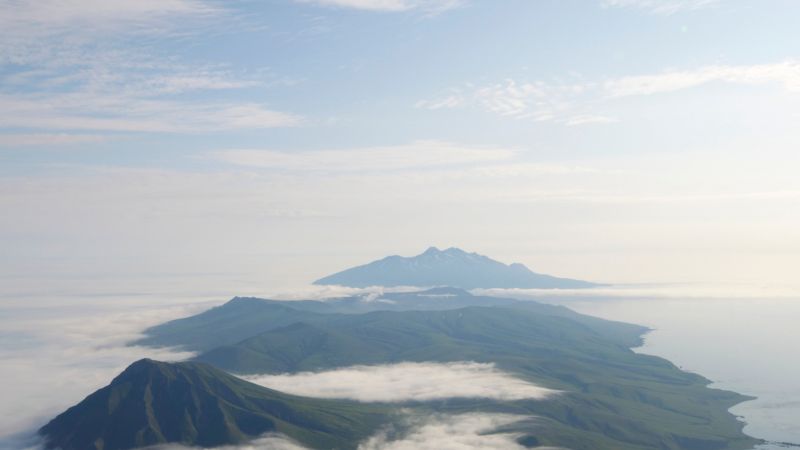Unknown Volcano That Caused a Cooling of the Earth’s Climate 200 Years Ago Identified
For nearly 200 years, scientists have known about a powerful volcanic eruption in 1831 that cooled the Earth’s climate. However, they were unsure which volcano was responsible for the eruption. Until now.
A team of researchers has identified the mysterious volcano using geochemistry, radioactive dating, and computer modeling to map the trajectory of particles released during the eruption. They have pinpointed the location as the Zavaritskii volcano on Simushir Island, part of the Kuril Islands archipelago, disputed between Russia and Japan.
The 1831 eruption was one of the most powerful of the 19th century, spewing massive amounts of sulfur dioxide into the stratosphere. As a result, annual average temperatures in the Northern Hemisphere dropped by about 1 degree Celsius (1.8 degrees Fahrenheit).
The discovery provides new insights into the global cooling event and highlights the potential of volcanoes in the Kuril Islands to disrupt the climate. The team used ice cores from Greenland to identify the volcanic fallout and determine that the eruption took place between 1831 and 1834.
Before the scientists’ findings, the last known eruption of Zavaritskii volcano was in 800 BC. The discovery highlights the complexity of Earth’s climate system and the potential for massive volcanic eruptions to have far-reaching and devastating consequences.
The study has shed new light on the relationship between volcanic activity and climate cooling. The authors have also suggested that the widespread famine and hardship experienced in many regions after the eruption may have been caused in part by the cooler and drier conditions brought on by the volcano’s climate-cooling effect.

